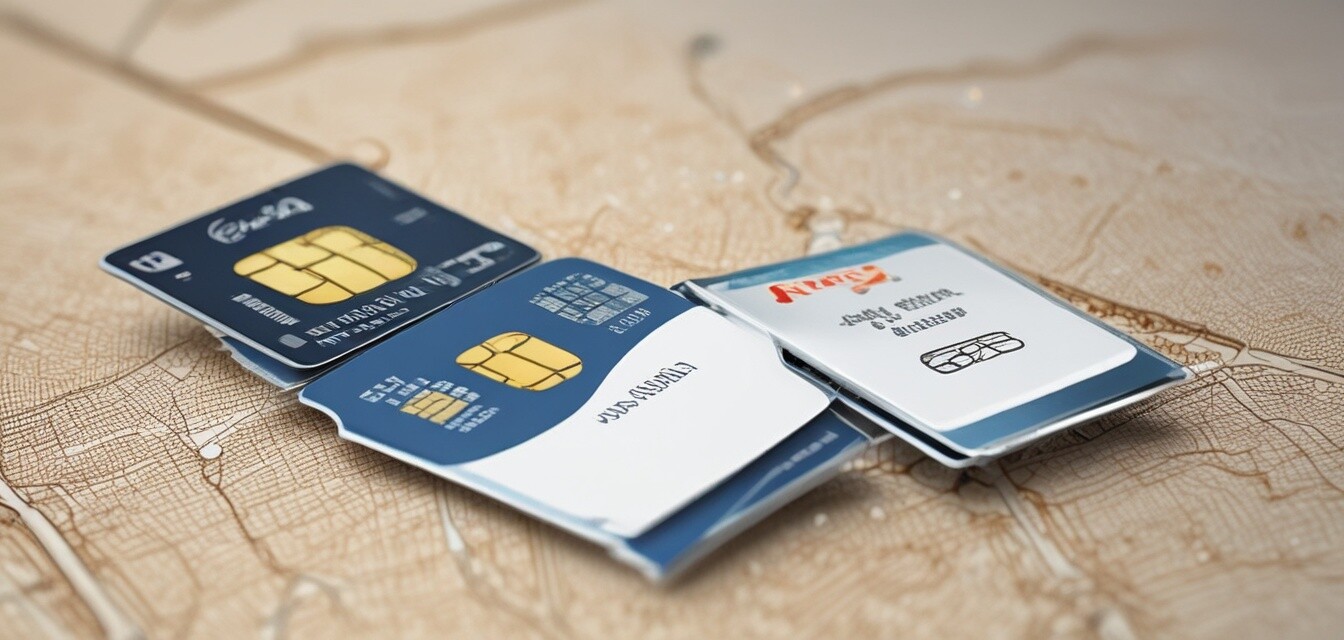
How to Share Data Between SIM Cards in Your Device
Key Takeaways
- Understanding dual SIM functionality is essential for optimizing connectivity.
- Data sharing between SIM cards can enhance your mobile experience.
- Ensuring you’re on the right plan and roaming settings can lead to better data management.
- Knowing how to switch between SIM cards seamlessly is crucial for staying connected.
- Compatibility with your device may vary, always check manufacturer guidelines.
In today’s fast-paced world, staying connected while traveling is crucial. For frequent travelers, dual SIM phones can be a game changer. They not only allow you to have two numbers but also enable you to share data between SIM cards. This article explores how to share data between SIM cards in your device and maximize your connectivity.
Understanding Dual SIM Functionality
Before we dive into the details, it's essential to understand how dual SIM functionality works. A dual SIM device allows you to use two SIM cards simultaneously. This feature can prove beneficial when you want to maintain both personal and business numbers or use a local SIM card while traveling.
How Dual SIM Works
- Dual SIM Standby (DSS): Only one SIM can be active at a time for calling or mobile data.
- Dual SIM Active (DSA): Both SIMs can be active simultaneously, allowing calls and data usage on both.
How to Share Data Between SIM Cards
Sharing data between SIM cards in a dual SIM device involves several steps. Here’s a quick guide to help you effectively manage your data:
Step-by-step process:
- Prepare your device: Ensure both SIM cards are inserted correctly in your device.
- Check compatibility: Not all devices have the same settings for data sharing. Refer to your device's manual.
- Access settings: Go to your device's settings and select "Network & internet" or "Connections."
- Select SIM cards: Choose the SIM card you want to use for data sharing.
- Data sharing settings: Enable or adjust settings for mobile data sharing if available.
Advantages of Sharing Data Between SIM Cards
| Benefit | Description |
|---|---|
| Enhanced Connectivity | Access to different networks can improve signal strength and connection quality. |
| Cost-Effective | Using a local SIM for data can reduce roaming charges. |
| Flexibility | Easily switch between plans that suits your travel needs without buying new SIMs. |
Managing Data Usage Between SIM Cards
To effectively manage your data across multiple SIM cards, consider the following tips:
Helpful tips for data management:
- Keep track of data usage by setting data limits in your device settings.
- Choose the SIM card with the best coverage at your location to maximize data performance.
- Disable background data for apps that don’t need continuous data access.
- Use Wi-Fi where available to conserve mobile data.
- Consider purchasing a travel SIM card kit to simplify connections.
Troubleshooting Common Issues
If you encounter connectivity issues while sharing data between SIM cards, try the following troubleshooting steps:
- Restart your device: This can resolve minor connectivity problems.
- Check settings: Ensure your data sharing settings are correctly configured.
- Contact your provider: If issues persist, your service provider may provide helpful solutions.
- Ensure compatibility: Not all SIM cards support data sharing; check with your provider.
Conclusion
Sharing data between SIM cards in your device can maximize your connectivity options while traveling. By understanding dual SIM functionality, following the right steps for data management, and troubleshooting common issues, you can ensure a smoother mobile experience. For more tips on optimizing your travel SIM card usage, check out our Connectivity Tips category. Stay connected and enjoy your travels!